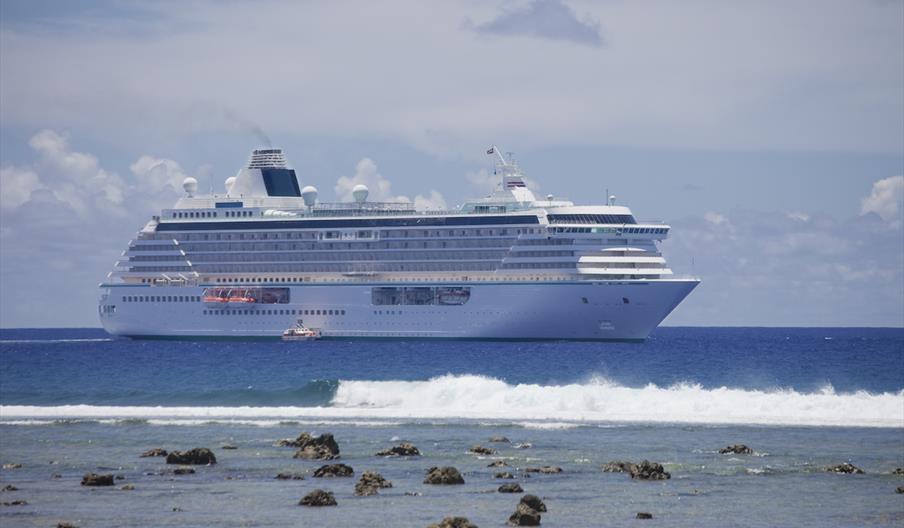
About
Summary
From a peak of 62,500 cruise visitors in 2008, there was a slow decline in the number of cruise vessel arrivals and passengers to the Falklands over the period to 2014. This led the Falkland Islands Tourist Board to commission Acorn to undertake a cruise tourism strategy to reverse the fortunes of the sector. The study included considerable industry consultations in the Falklands and amongst International Association of Antarctic Tour Operator (IAATO) cruise operators. Consultations were also held with those cruise lines operating South American and worldwide cruises that pass through or near to Falkland Islands waters.
Our Approach
Earlier in 2014 Acorn had implemented a cruise visitor survey, so had already commenced the collection of data related to existing visitors to the Falklands. This survey was established as an ongoing survey (and continues to this day with an annual sample of around 600 passengers).
To supplement this research, we undertook analysis of ship visits, passenger arrivals and exchanges, and operational data (including passenger taxes and port fees) of all the competing ports in South America, as well as identifying all cruise operations from/to Chile, Argentina, South Georgia, and the Antarctic Peninsula, and those cruise ships sailing in the South Atlantic but not stopping in the Falklands.
Consultations were undertaken with international cruise operators, incoming tour operators/agents in the Falklands, and other stakeholders including the Port Authority, Falkland Island Government, and local tour guides. The Strategy set out three strategic pillars for the development: increasing both the number of cruise visitors and their levels of expenditure; encouraging expedition cruise shops to visit more destinations in the Islands; and enhancing the day visitor experience in Stanley. Marketing, infrastructure, product development and human-resource sub-strategies were developed to deliver the overall strategy pillars.
Outcome
Following implementation of the strategy, cruise passenger arrivals have grown by 44% to over 62,000 in 2019, spending over £4.6 million. There has been an increase in the number of ports of calls included in itineraries, and the range of shore excursions available to passengers in Stanley has also expanded.
Directions
Projects Nearby
Analysis of the times and costs of air travel to the Falkland Islands from various key…
To monitor the tourism sector and enable regular and up-to-date reporting of visitor…
Designed and implemented an ongoing domestic tourism survey for the Falkland Islands. The…
Developed an eight-year Tourism Development Strategy for the Falkland Islands with the…
The Tourism Marketing Strategy (2020-2025) was commissioned by the Falkland Islands…
Design and implementation of a face-to-face air visitor exit survey capturing visitor and…
Implemented a Digital Marketing Strategy for the Falkland Islands Tourist Board with the…
Study to develop a system of tourism statistics to provide the Falkland Islands Tourist…
The objective of this study was to undertake qualitative research in the form of focus…
Development of a prospectus to encourage investment for a chain of luxury lodges in the…
Survey to gain insight into the users of the Falkland Islands Tourist Board website, and…
Whilst only 10% of the Falklands population live outside of the capital, Stanley,…
The Tourism Recovery Incentive Programme (TRIP) was part of the Falkland Island…
Each year Acorn compiles all the tourism statistics for the Falkland Islands into a…
Assistance to the Falkland Islands Tourist Board providing regular updates on the likely…
Development of a series of tourism satellite accounts for the Falkland Islands since…



.png)







